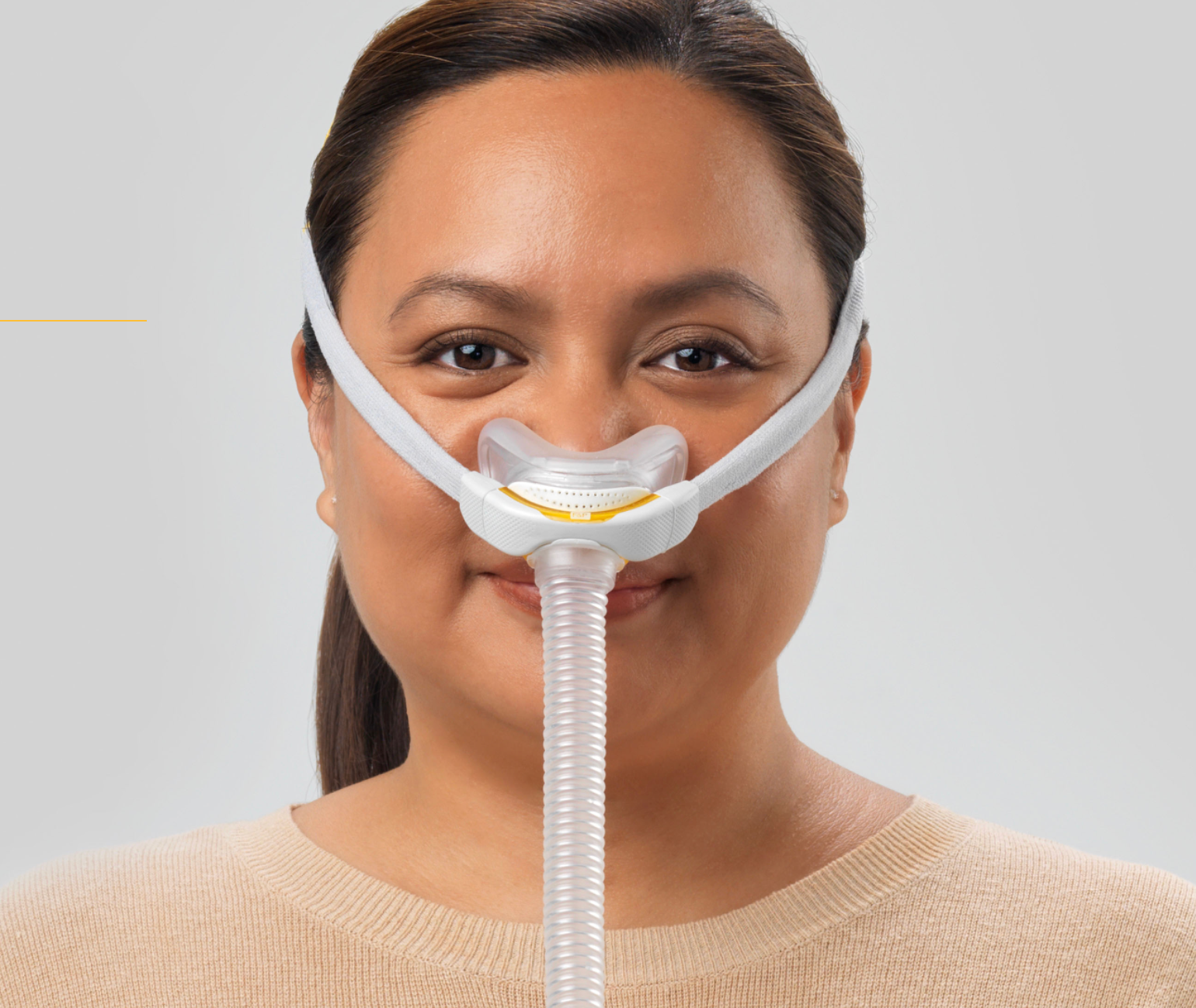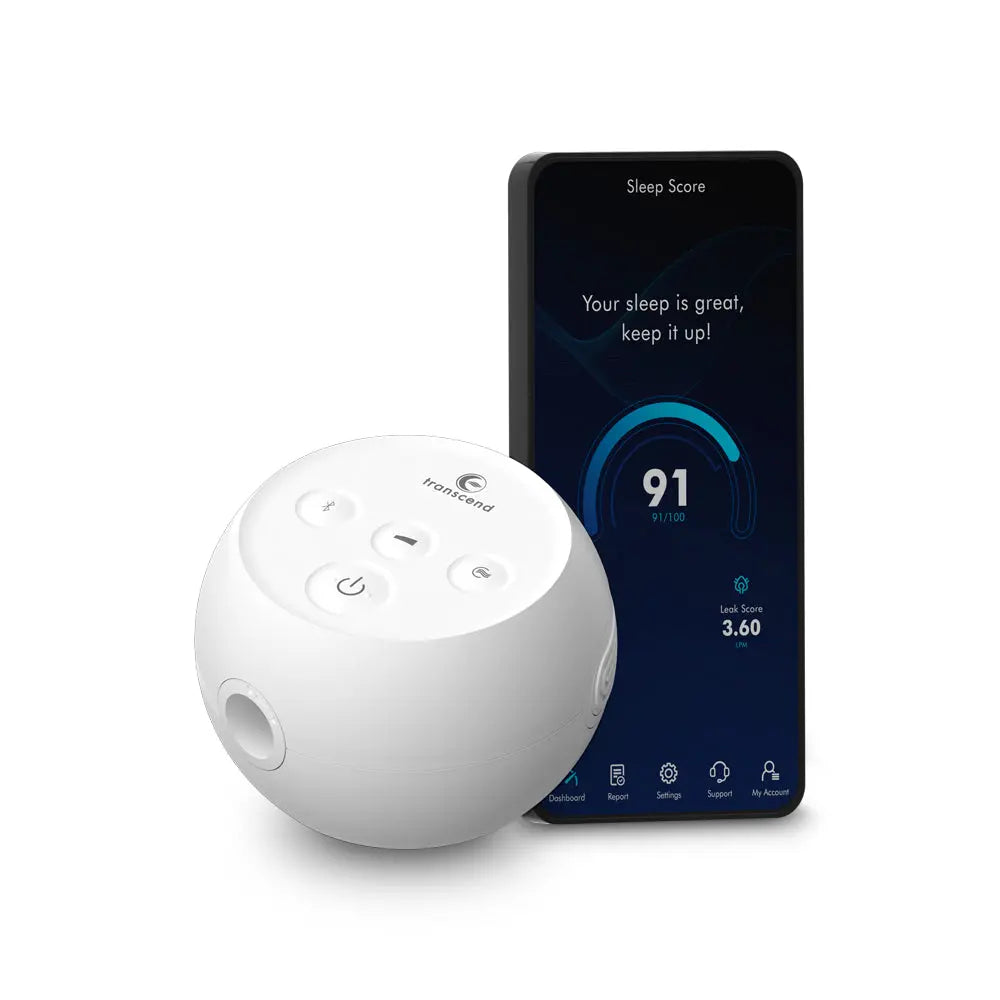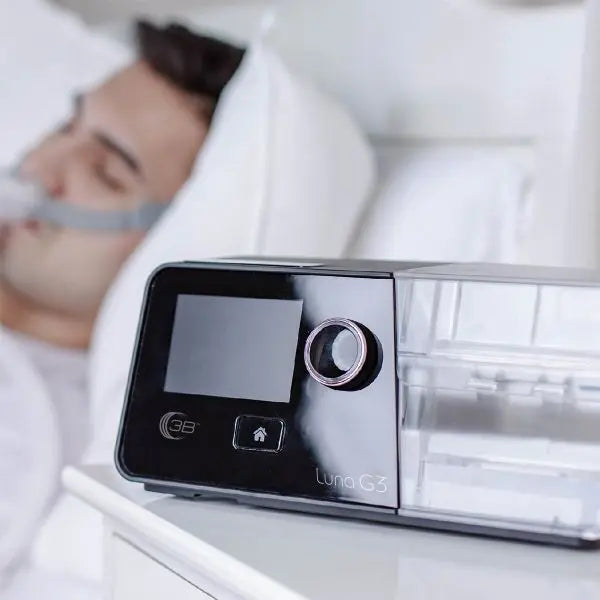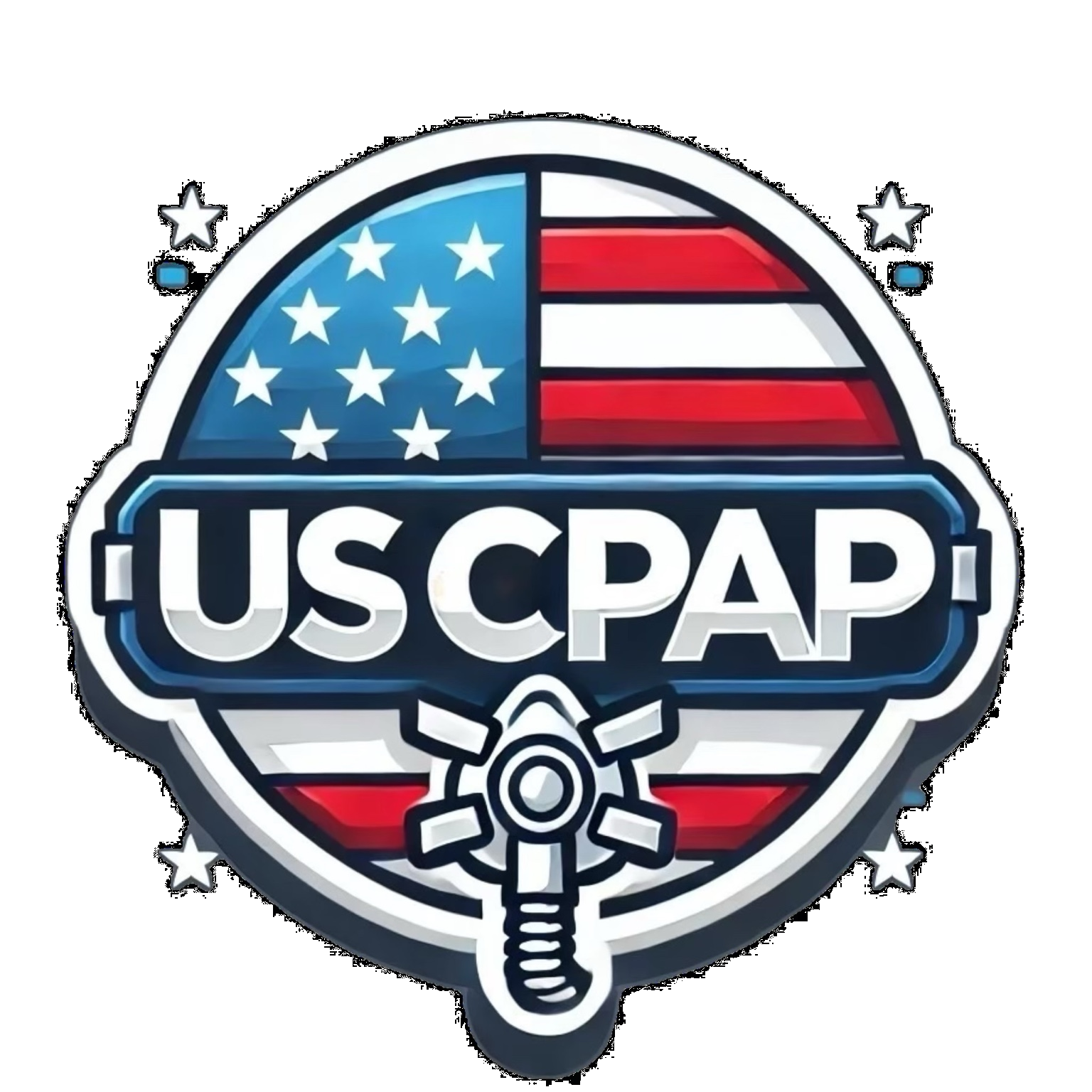What Is the 4-Hour Rule for CPAP?
What Is the 4-Hour Rule for CPAP?
The 4-hour rule refers to the minimum time CPAP (Continuous Positive Airway Pressure) users should wear their mask and use the machine each night to be considered compliant with therapy. This rule is crucial for ensuring the treatment's effectiveness and meeting insurance coverage requirements.
In many cases, sleep apnea patients must demonstrate that they are using their CPAP machine for at least 4 hours per night for 70% of nights in a 30-day period. This compliance standard is monitored by both healthcare providers and insurance companies to ensure patients are adhering to prescribed therapy.
Why the 4-Hour Rule Exists
The 4-hour compliance threshold is not arbitrary. It is based on clinical research showing that CPAP therapy is most effective when used for at least 4 hours a night. Here’s why:
- Health Benefits: CPAP users experience improved breathing, reduced daytime fatigue, and a decreased risk of cardiovascular complications when using the device for a minimum of 4 hours.
- Sleep Quality: Even partial adherence to CPAP can significantly improve sleep quality compared to no therapy at all.
- Insurance Requirements: Many insurance companies use this rule to determine whether they will continue covering the cost of CPAP equipment. Failure to meet the compliance standard may result in losing coverage for your device.
How Compliance Is Monitored
Modern CPAP machines are equipped with data tracking capabilities that record:
- Usage hours
- Apnea events per hour
- Mask leaks
- Pressure settings
This data is sent to your healthcare provider and, in some cases, to your insurance company. Compliance data is typically reviewed after the first 30 to 90 days of therapy to ensure that patients are meeting the standard.
The Consequences of Non-Compliance
Failing to meet the 4-hour rule can have serious implications, including:
- Loss of Insurance Coverage: If you’re renting a CPAP machine through insurance, failure to meet the compliance requirement may result in the insurance company refusing to cover future costs.
- Increased Health Risks: Non-compliance with CPAP therapy can lead to untreated obstructive sleep apnea, which increases the risk of heart disease, stroke, high blood pressure, and diabetes.
- Lower Quality of Life: Untreated sleep apnea can cause chronic fatigue, poor concentration, and reduced productivity.
Tips for Meeting the 4-Hour Rule
If you’re struggling to meet the 4-hour compliance requirement, try these strategies:
- Start Gradually: If wearing the mask for 4 hours seems overwhelming, build up your usage time in increments.
- Address Mask Discomfort: Experiment with different mask styles (nasal pillows, full-face masks, or nasal masks) to find one that fits comfortably.
- Use the Ramp Feature: The ramp feature allows the machine to start at a lower pressure and gradually increase, making it easier to fall asleep.
- Keep a Routine: Go to bed at the same time every night and establish a calming bedtime routine to improve your chances of using the CPAP for longer periods.
- Seek Professional Help: If you’re still struggling, consult your sleep specialist or respiratory therapist for personalized advice.
How to Track Your CPAP Usage
Most modern CPAP devices come with built-in tracking tools that allow you to monitor your usage.
- Download the App: Many CPAP manufacturers offer apps (such as ResMed's myAir or Philips' DreamMapper) that display daily usage, mask fit, and sleep quality data.
- Check Your Device Screen: Some devices provide summary data directly on the screen.
- Work with Your Provider: Your healthcare provider can access your compliance data and offer recommendations to improve usage.
Conclusion
The 4-hour rule for CPAP therapy is a vital benchmark for both ensuring effective treatment and maintaining insurance coverage. Adhering to this guideline can improve your overall health, reduce sleep apnea symptoms, and protect you from serious complications. If you’re having trouble meeting this requirement, remember that help is available. Small adjustments in your routine, mask choice, or pressure settings can make a significant difference in your compliance and long-term success with CPAP therapy.
Bibliography
- Epstein, L. J., et al. (2009). "Clinical Guidelines for the Use of Continuous Positive Airway Pressure in the Treatment of Obstructive Sleep Apnea." American Journal of Respiratory and Critical Care Medicine.
- Sawyer, A. M., et al. (2011). "Obstructive Sleep Apnea and Compliance with CPAP Therapy: A Systematic Review." Sleep Medicine Reviews.
- ResMed. "myAir™ for AirSense™ CPAP Machines." ResMed Official Website.
- Phillips Respironics. "DreamMapper™: Track Your CPAP Therapy." Philips Official Website.








2 comments
I have 3 CPAP machines. One is brand new and still in the box, the one I am currently using is only 2 years old and I use it every night. I love my CPAP. I went for a sleep study to determine new pressures since I’ve lost a lot of weight, and they want to issue me a new CPAP through Medicare, I don’t need a new CPAP and I don’t want to be monitored for privacy reasons and third party data issues under HIPPA. However, I do need new masks and hoses from time to time which is the other reason. Is there something I can do in this situation or am I “locked” into third party sharing of my data?
Privatepilot
I have not received personal assistance with my concerns. MyAir is not helpful . Many errors all along the way.
Rosalind Brooks
Leave a comment
This site is protected by hCaptcha and the hCaptcha Privacy Policy and Terms of Service apply.